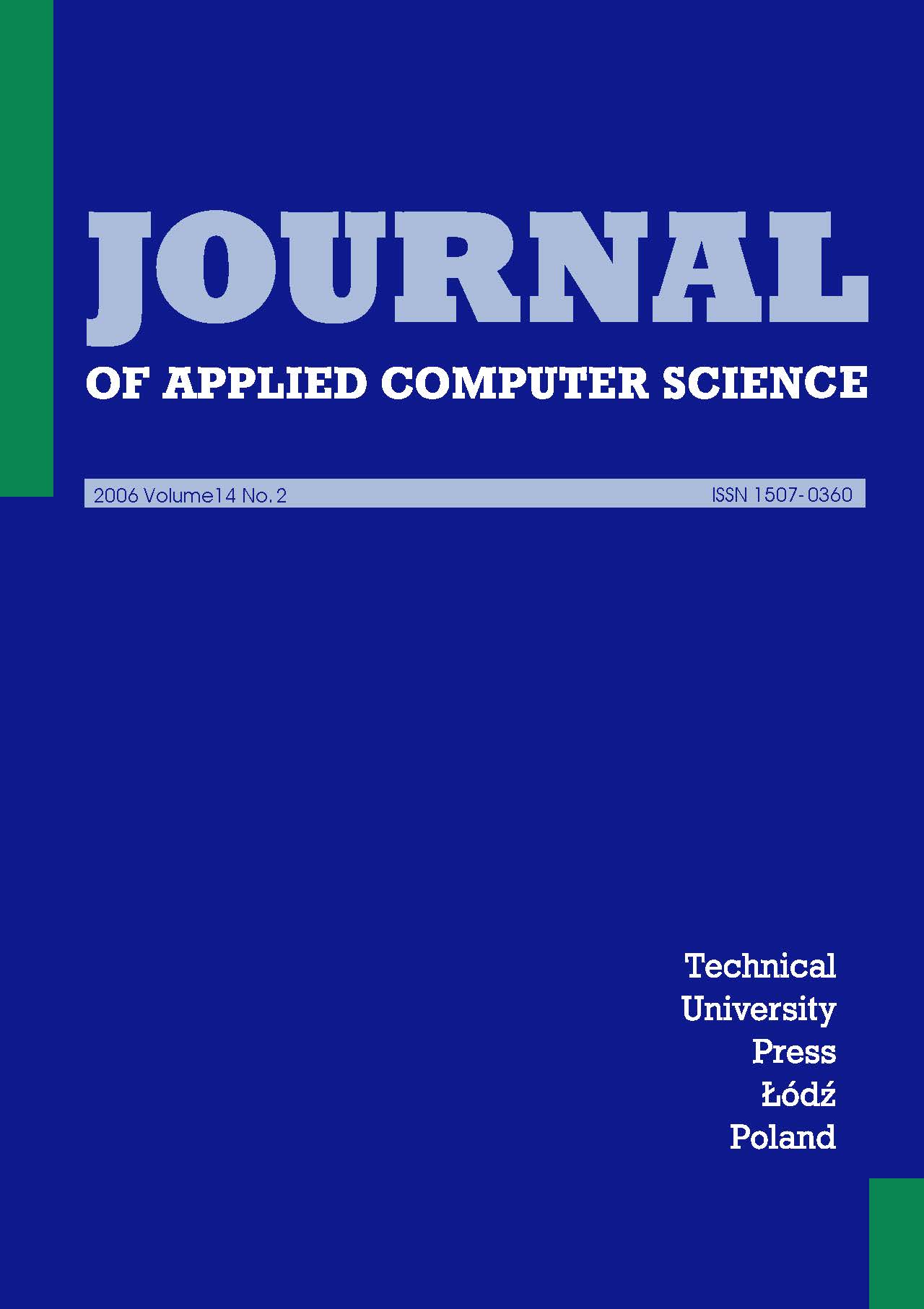Abstract
In this work, the modified genetic algorithm has been applied to solve the Helmholtz coil problem. The task of the algorithm was to determine the radius of the coils and the distance between them, which would assure that a priori assumed level of non-homogeneity of magnetic field is maintained. In the implemented genetic algorithm, the ternary system of representation has been used. Based on the results of performed experiments, the accuracy, efficiency and usefulness of the proposed algorithm has been assessed.
References
http://www.netdenizen.com/emagnet/helmholtz/idealhelmholtz.htm
http://physicsx.pr.erau.edu/HelmholtzCoils/index.html
Vasconcelos J.A., Saldanha R.R., Krahenbuhl L.and Nicolas A. Genetic algorithm coupled with a deterministic method for optimization in elektromagnetics, IEEE Transactions on Magnetics, vol. 33, s. 1860-1863, 1997.
Vasconcelos J.A., Ramirez J.A., Takahashi R.H.C. and Saldanha R.R. Improvements inGenetic algorithms, IEEE Transactions on Magnetics, vol. 37, s. 3414-3417, 2001.
Sikora R.: Teoria pola elektromagnetycznego, WNT, Warszawa 1997.
Matwiejew A.N.: Teoria pola elektromagnetycznego, PWN, Warszawa 1967.
Goldberg D.E.: Genetic algorithms in search, optimization, and machine learning, Addison-Wesley, Publishing Company Inc., Reading, Massachusetts, 1989.
Michalewicz Z.: Genetic algorithms + data structures = evolution programs, II Extended Edition, Springer Verlag, Berlin 1994.
Murawski K.: Obliczenia ewolucyjne – geneza i zastosowanie, Biuletyn Instytutu Automatyki i Robotyki WAT Nr 15, Warszawa 2001.

